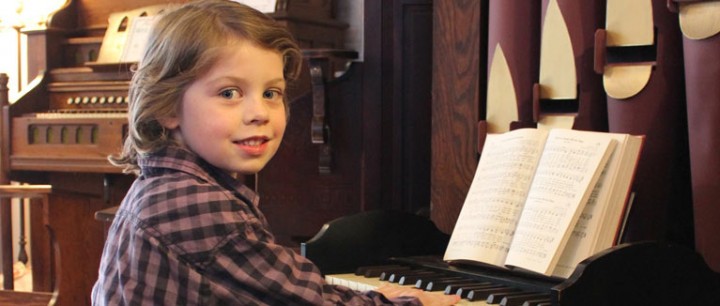

"We got a number of them obviously either in our display room or in storage right there at the complex." "We have shop orders for about half of the pipe organs that were built and we follow these pipe organs all over the place," Dann said. 159, a model going to Walter Russell of New York City, which includes a small wood sample to show the finish to the client.

George pulls out a 1904 memorandum for working file No. Virtually all the internal records and blueprints survived. Although some blower motors and other smaller equipment pieces continue to corrode, most of the machinery was trashed during the 1960s. Pieces of old progress reports and safety regulations hang near the doors and above tables, as do a few old "girlie" photographs in some of the higher levels. Old-fashioned freight elevators still work, with a few modern upgrades from George. Bones of pigeons and other birds are bleach white, indicating the amount of time they spent trapped within the walls. "The rolled up plans, they were here and the envelopes in the little boxes, they were here, but that was pretty much it," she said, referring to hundreds of internal records of the pipe organ manufacturing plans.Įarlier this week, George and John Carnahan of the historical society toured the defunct floors with the Reformer, offering a rare glimpse into the company that brought Brattleboro to the world. When she started to purchase the buildings in the early 1990s, there was not much in the way of organs. "Many of the organs were given over the years to the Brattleboro Historical Society, and at the urging of Ned Phoenix in 2002, we thought we had enough of a subject here to set up a museum that was over and above the historical society," said Alan Dann, head of the Board of Trustees for the museum.īarbara George, president of the Brattleboro Historical Society, owns about half of the buildings within the complex and has been a key figure in preserving the town's living history within the factory.


 0 kommentar(er)
0 kommentar(er)
